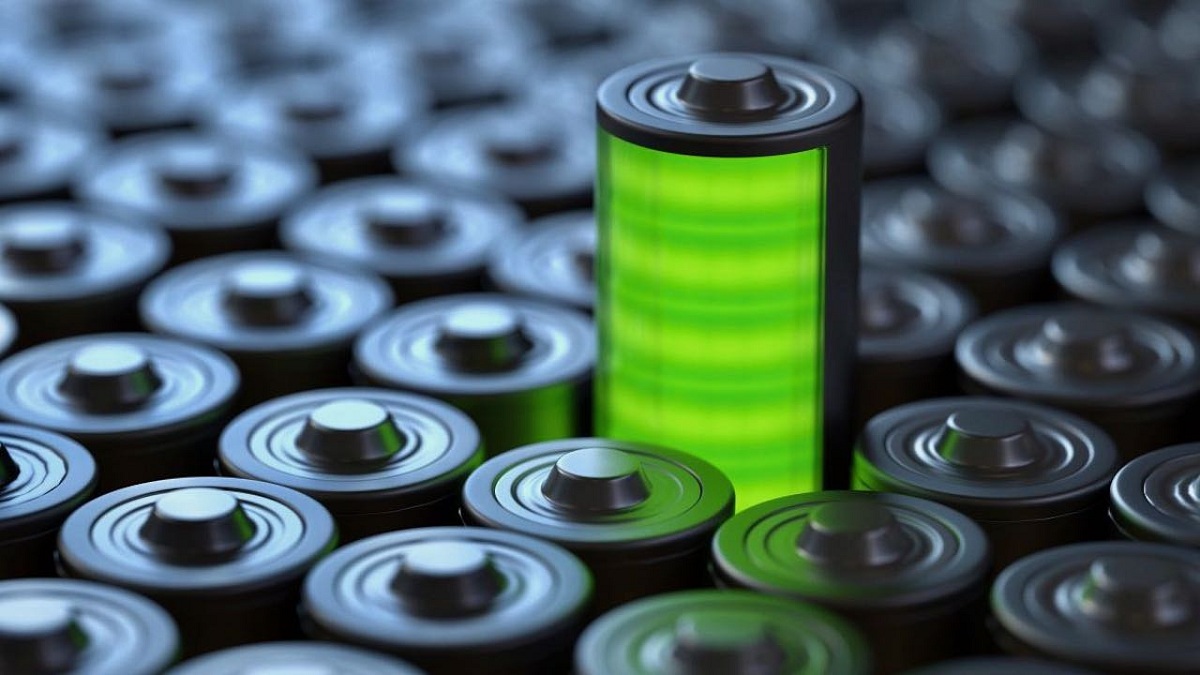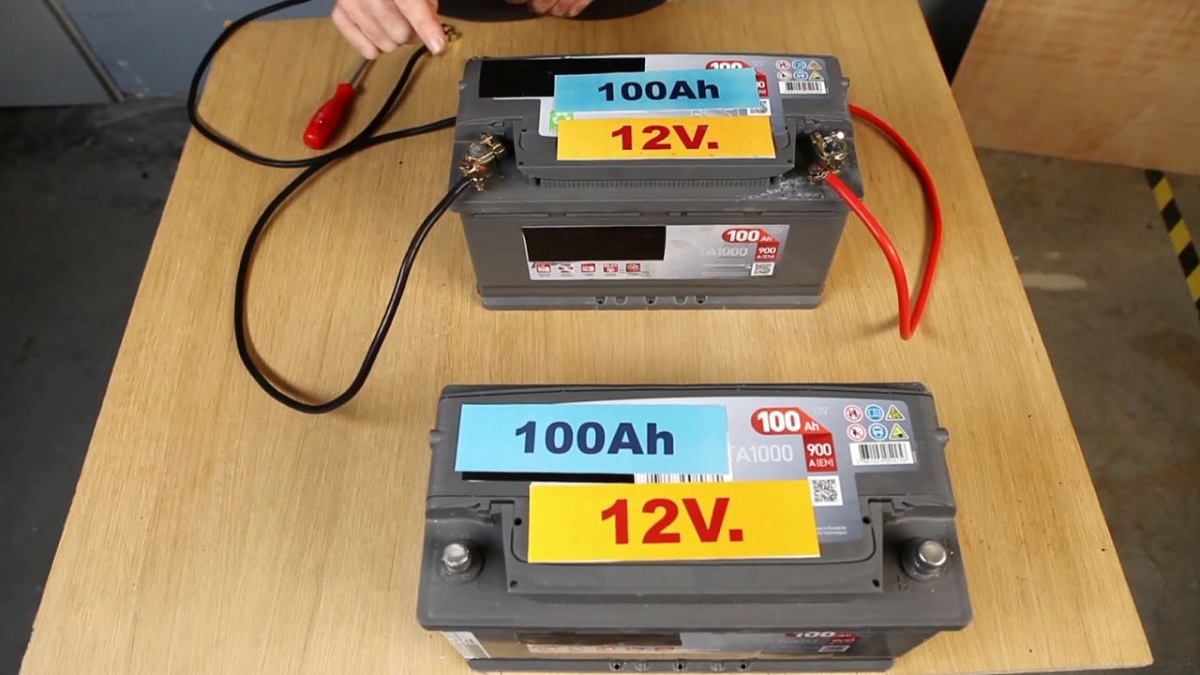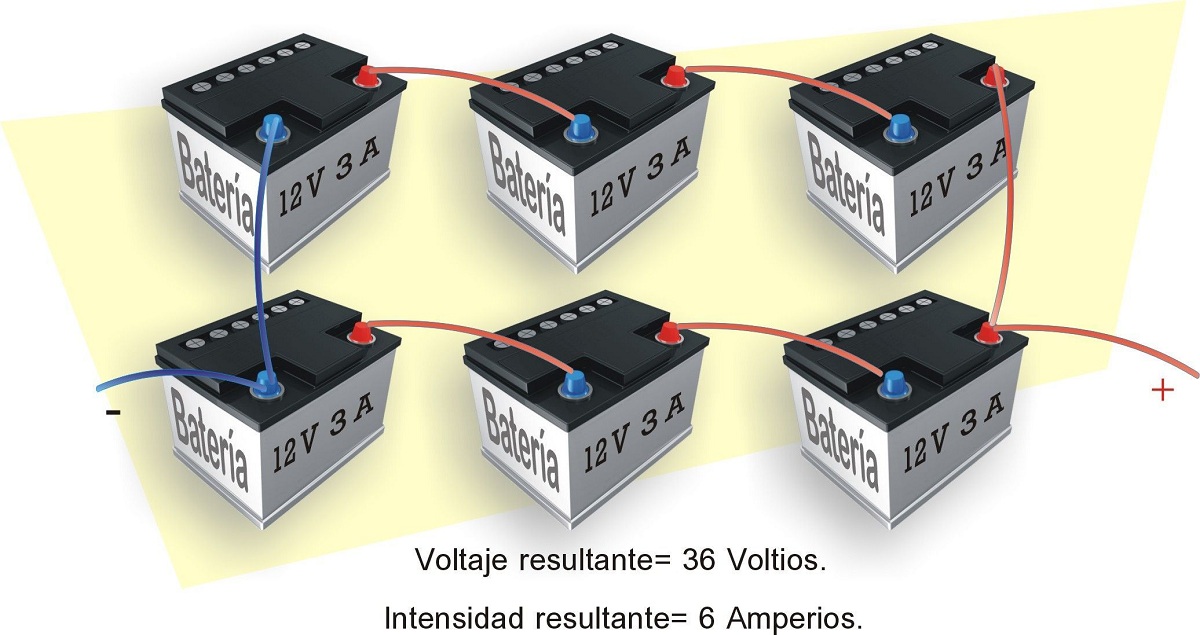
Batteries are present in our lives on a daily basis. However, there are different types of batteries depending on their nature, the wiring used, the connection, etc. This creates confusion in the community between batteries in series and parallel.
For this reason, we are here to eliminate all doubts about batteries in series and in parallel, their characteristics and the importance of each one.
Batteries in series and in parallel

Let's start from scratch. A battery pack is the result of connecting two or more batteries for a single application. By connecting and paralleling batteries in series, you can increase either the voltage or the amp-hour capacity, and sometimes both. which ultimately allows for more power and/or energy.
The first thing you need to know is that there are two main ways to successfully connect two or more batteries: the first is called series and the second is called parallel. Series connection involves connecting 2 or more batteries together to increase the battery system voltage while maintaining the same amp hour rating.
Batteries in series

Remember that in a series connection, each cell must have the same capacity and voltage rating, or you may end up damaging the cells. To connect batteries in series, Connect the positive of one battery to the negative of the other until the desired voltage is reached. When charging batteries in series, you must use a charger that matches the system voltage.
We recommend that you use multiple sets of chargers to charge each battery individually to avoid imbalance between batteries.
Batteries in parallel

Parallel connection involves connecting 2 or more cells together to increase the amp hour capacity of the battery pack, but its voltage remains the same.
To connect batteries in parallel, the positive terminals are connected to each other by one cable and the negative terminals are connected to each other by another cable until the desired capacity is reached. Parallel connections are not designed to allow your batteries to power anything higher than their standard voltage output, but to increase the duration that they can power the device.
It is important to note that when charging batteries in parallel, the higher the amp-hour capacity, the longer the charge time.
Batteries can be connected in series and parallel
- Standard product line: standard lithium batteries can be connected in series or parallel depending on what you are trying to accomplish in your specific application. The series and parallel battery data sheets show the number of batteries that can be connected together by model. We generally recommend up to 4 cells in parallel as standard, but there may be more exceptions depending on your application.
- High performance series: HP battery series can only be connected in parallel, up to 10 batteries can be connected in parallel. It is important to understand the difference between series and parallel batteries and how they affect battery pack performance.
Whether you're looking to increase voltage or amp-hour capacity, understanding both settings is important to maximizing lithium-ion battery life and overall performance.
what are the differences

In series connection, connect batteries of similar voltage and amp-hour capacity to increase battery pack voltage. The positive terminal of the first battery is connected to the negative terminal of the second battery, and so on, until the desired voltage is reached.
The final voltage is the sum of all the added battery voltages, while the final amp-hours, starting performance and reserve capacity remain the same.
In parallel connection, connect cells of similar voltage and capacity to increase the capacity of the battery pack. The positive terminals of all the batteries are connected to each other or to a common conductor, and all the negative terminals are connected in the same way.
The final voltage remains the same, while in this sense the capacity of the pack is the sum of the capacities of the individual cells. Amp hours, cranking performance and reserve capacity have increased without an increase in voltage.
A rather bullish rating driven by the market, especially for "inexpensive" batteries. The same CCA, but at 32 degrees Fahrenheit (0 degrees Celsius). The Battery Council International Standard has a CCA rating of 0 degrees Fahrenheit (about -18 degrees Celsius). AMC or marine cranking amps are basically the same on AC. CCA is about 20% lower than CA or MCA.
Reserve capacity is sometimes used to evaluate deep cycle batteries. This is the number of minutes the battery will maintain a useful voltage at a constant 25 amp discharge rate under a heavy load of 80 degrees, although most batteries also have graphs showing AH capacity at different discharge rates.
There are 2 different ways to connect the batteries to form larger battery packs.
- Parallel connections: use these connections when you want to increase the amperage of your battery pack. In most cases, only parallel connections are made on 12-volt systems. The connections on this type of battery pack go positive to positive and negative to negative, and when connected that way, your amperage is doubled.
- Serial connections: use this type of connection when you need to increase the voltage of the battery pack. You'll find these types of battery connections on all types of battery packs, including 12-, 24-, and 48-volt systems. The connections on this type of battery pack differ from parallel connections. Your cells will connect from positive to negative, connecting the cells to increase the voltage of the battery pack.
In some cases when you have a larger battery pack, your battery pack will often have both series and parallel connections.
I hope that with this information you can learn more about batteries in series and in parallel.